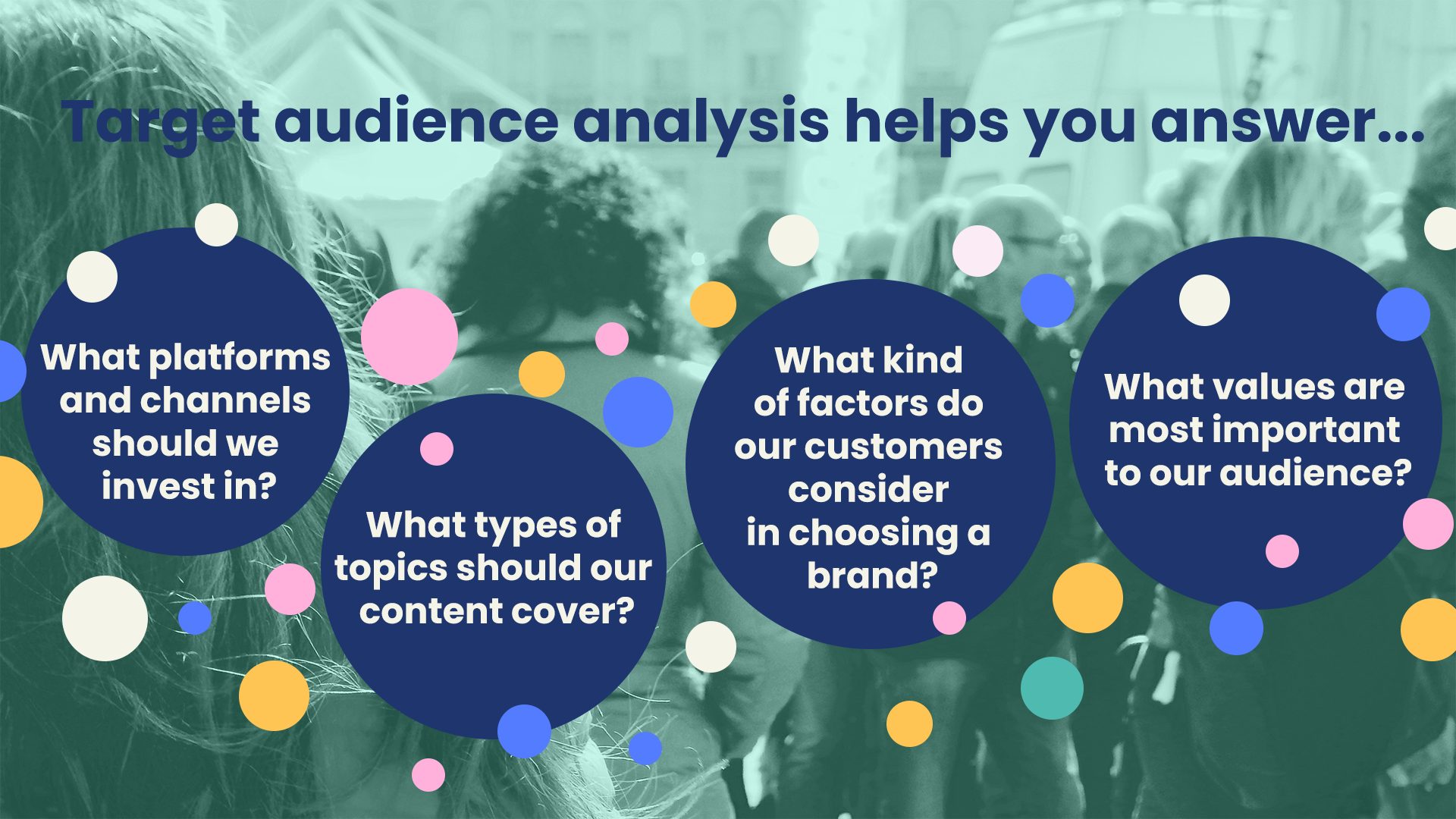As a business owner, marketer, or content creator, you know how crucial it is to understand your audience. It’s essential to know what your target market likes and dislikes, their pain points, interests, hobbies, and more. With this knowledge in hand, you can create content that resonates with them and drives engagement.
But how do you gather this information? You could conduct surveys, focus groups, or interviews. But these methods are time-consuming and expensive. Luckily, there’s another way – using audience analysis tools.
In this article, we’ll explore what audience analysis tools are and how they can help you understand your target market better than ever before. We’ll also look at some of the best tools out there and how to use them effectively.
What Are Audience Analysis Tools?
Audience analysis tools are software programs that help businesses analyze their target market’s behavior, preferences, and needs. They collect data from various sources such as social media platforms, search engines, website analytics, etc. After analyzing the data, these tools provide insights that businesses can use to improve their marketing strategies.
Why Are Audience Analysis Tools Important?
Audience analysis tools are essential because they allow businesses to make informed decisions about their marketing strategies. By understanding their target market better, businesses can create content that resonates with their audience and drives engagement.
For example, if you’re a company selling vegan food products and you find out that most of your target market is interested in fitness and health-related topics on social media platforms. You can create content related to those topics to attract your audience’s attention.
Moreover, audience analysis tools can help businesses identify new opportunities for growth. By analyzing the data collected by these tools, businesses can discover untapped markets or niches that they may have overlooked otherwise.
Types of Audience Analysis Tools
There are several types of audience analysis tools available in the market. Here are some of the most popular ones:
1. Social media analytics tools – These tools analyze social media data to provide insights about audience demographics, interests, and behavior.
2. Website analytics tools – These tools collect data on website traffic, user behavior, and engagement to provide insights into customer behavior.
3. SEO analysis tools – These tools analyze search engine data to provide insights into keyword rankings, backlinks, and other SEO metrics.
4. Customer feedback tools – These tools collect feedback from customers through surveys, reviews, or feedback forms to gather insight into customer satisfaction levels.
5. Competitor analysis tools – These tools analyze competitor data to provide insights into their marketing strategies, content, and target audience.
Best Audience Analysis Tools
Now that we know what audience analysis tools are let’s look at some of the best ones available in the market:
1. Google Analytics – Google Analytics is a free website analytics tool that provides insights into website traffic, user behavior, and engagement.
2. Hootsuite Insights – Hootsuite Insights is a social media analytics tool that provides insights into audience demographics, interests, and behavior on various social media platforms.
3. SEMRush – SEMRush is an SEO analysis tool that provides insights into keyword rankings, backlinks, and other SEO metrics.
4. SurveyMonkey – SurveyMonkey is a customer feedback tool that allows businesses to create surveys and collect feedback from customers.
5. SimilarWeb – SimilarWeb is a competitor analysis tool that provides insights into competitor marketing strategies and target audience.
How to Use Audience Analysis Tools Effectively
Using audience analysis tools effectively requires a few key steps:
1. Define your target market – Before using any audience analysis tool, you need to identify who your target market is. This will help you choose the right tool for your needs.
2. Set goals – Determine what you want to achieve with the data collected by the tool. This will help you focus your efforts and analyze the data more effectively.
3. Choose the right tool – Select a tool that aligns with your goals and target market.
4. Collect data – Use the tool to collect data from various sources such as social media platforms, search engines, website analytics, etc.
5. Analyze the data – Once you have collected the data, analyze it to identify patterns, trends, and insights about your target market.
6. Use the insights – Use the insights gained from analyzing the data to create content and marketing strategies that resonate with your target market.
Conclusion
Audience analysis tools are powerful resources that can help businesses understand their target market better than ever before. By using these tools effectively, businesses can create content and marketing strategies that drive engagement and growth.
Whether you’re a small business owner or a marketer working for a large corporation, audience analysis tools can help you gain valuable insights into your target market. So why not give them a try today?
References:
1. https://blog.hootsuite.com/social-media-analytics-tools/
2. https://www.semrush.com/
3. https://www.surveymonkey.com/
4. https://www.similarweb.com/



